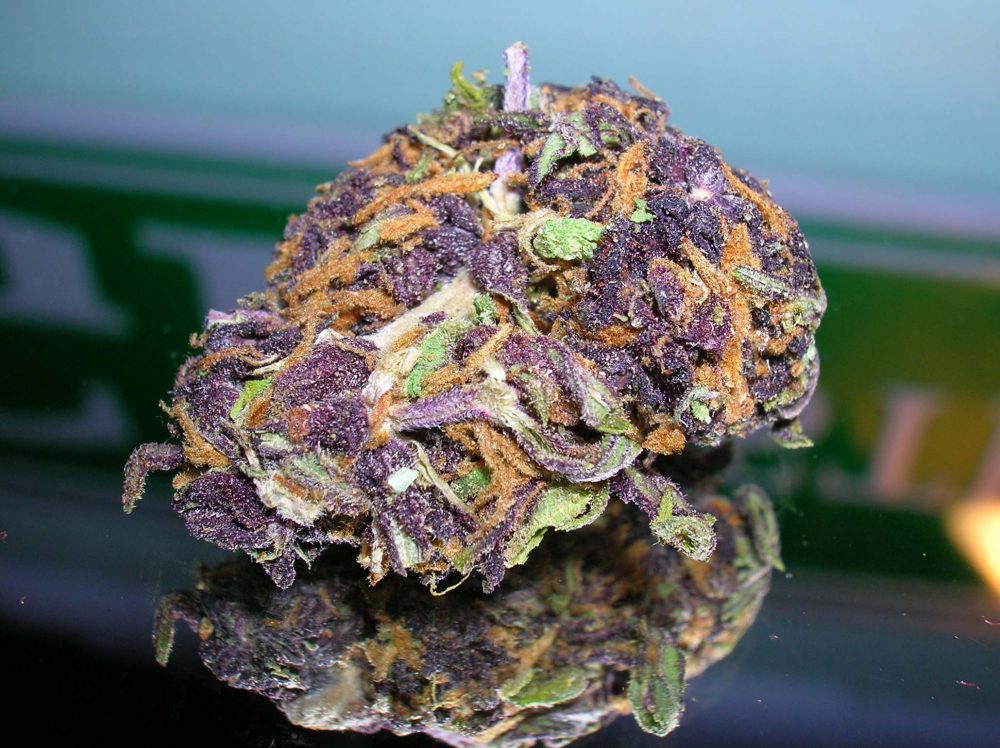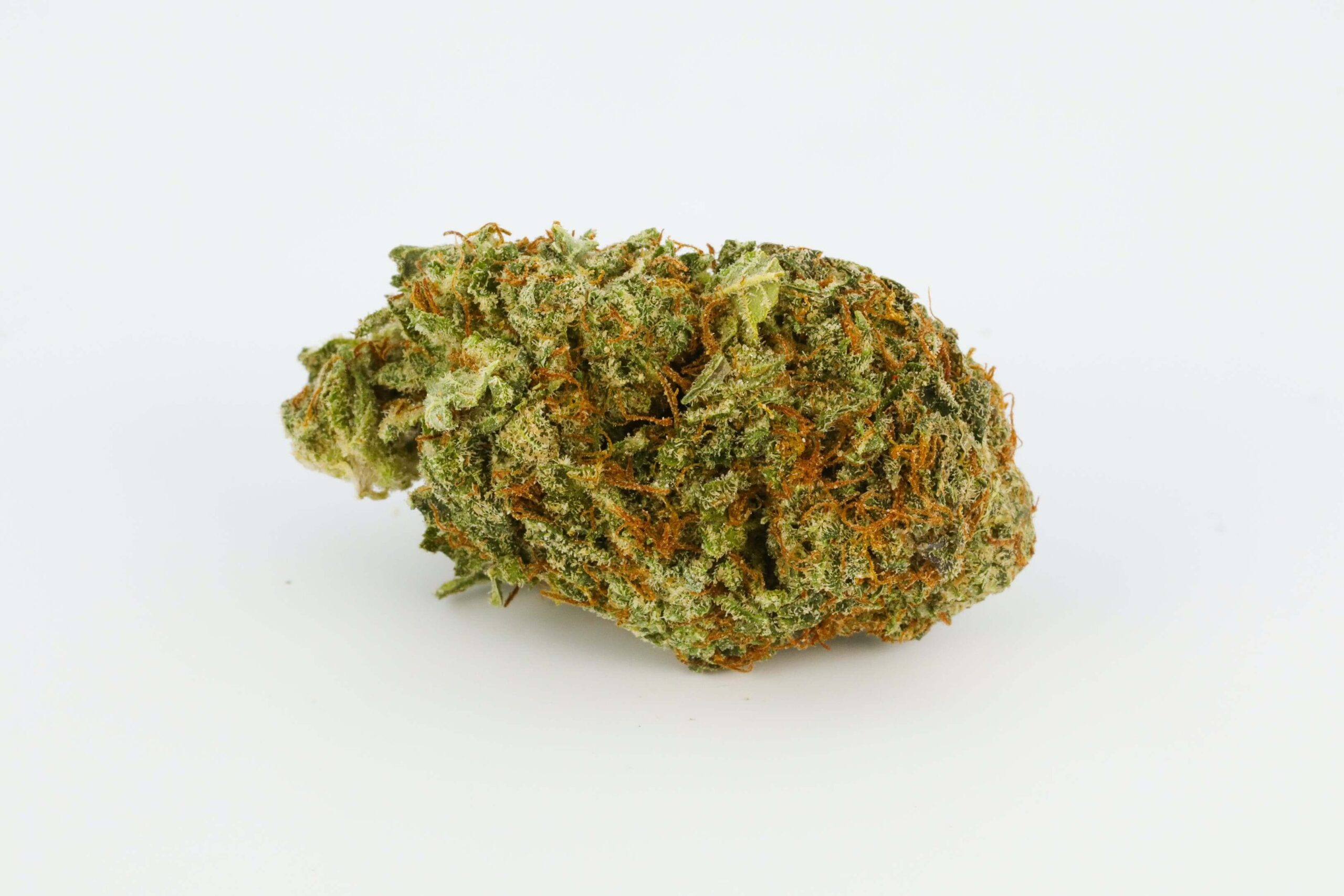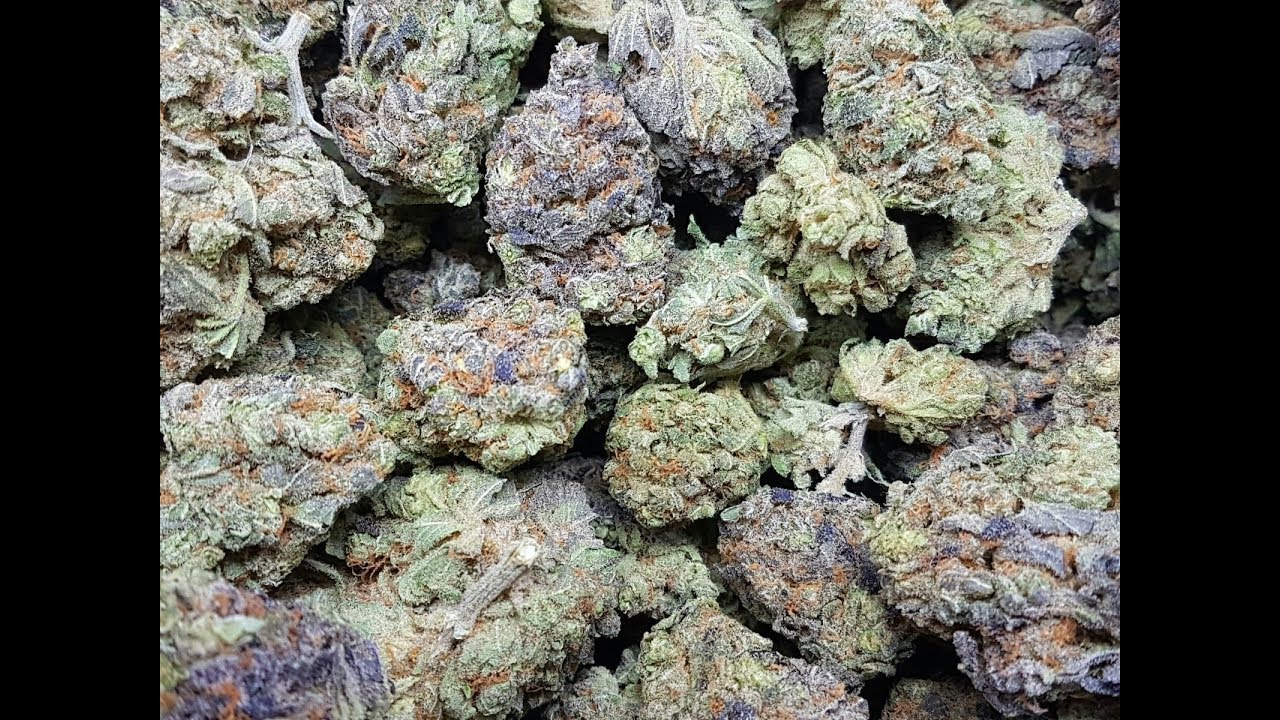Introduction
Purple Tonic is a captivating cannabis strain known for its distinct aroma, flavor, and balanced effects. This strain, favored by both recreational and medicinal users, boasts a unique profile that sets it apart from many other varieties. In this comprehensive guide, we will explore the origins, appearance, effects, cultivation methods, and more about Purple Tonic. Additionally, we will address frequently asked questions to provide a thorough understanding of this intriguing strain.
Origins and History
Breeding and Genetics
Purple Tonic is an indica-dominant hybrid strain, which combines characteristics from both indica and sativa varieties. The exact parent strains of Purple Tonic are not always clearly documented, but it is known for its high-quality lineage and balanced effects. This strain was developed to merge the best traits of its parent strains, resulting in a hybrid that offers both relaxation and mental clarity.
The breeding of Purple Tonic aimed to create a strain with notable potency, a pleasing flavor profile, and therapeutic benefits. The strain’s genetics contribute to its distinctive color and effects, making it a popular choice among cannabis enthusiasts.
Historical Background
The history of Purple Tonic reflects broader trends in cannabis breeding, with a focus on creating hybrids that provide a balanced experience. The strain’s name highlights its vibrant purple hues and suggests a soothing, therapeutic effect. While the specific historical milestones of Purple Tonic may not be as well-documented as some other strains, its development aligns with the growing interest in high-quality hybrid strains.
Appearance and Aroma
Visual Characteristics
Purple Tonic is known for its visually striking buds, which often display a rich purple coloration. The vibrant purple hues are complemented by deep green foliage and bright orange pistils. The buds themselves are typically dense and covered in a layer of crystalline trichomes, which contribute to the strain’s potency and overall appeal.
The plant structure of Purple Tonic is robust and bushy, with broad leaves and a compact growth pattern. This makes it well-suited for both indoor and outdoor cultivation, providing an attractive and productive addition to any grow operation.
Aroma and Flavor Profile
The aroma of Purple Tonic is a complex and enticing blend of sweet, fruity, and earthy notes. Users often describe it as having a berry-like scent with hints of grape and a subtle undertone of spice. This aromatic profile is complemented by a flavor that mirrors its smell, offering a smooth and enjoyable taste.
On the palate, Purple Tonic delivers a sweet and fruity flavor with a touch of earthiness. The taste is well-rounded and pleasant, making it a popular choice for those who appreciate a nuanced flavor profile. The strain’s aromatic and flavor characteristics enhance its appeal for both recreational and medicinal users.
Effects and Therapeutic Uses
Psychoactive Effects
Purple Tonic is celebrated for its balanced effects, which combine relaxation with mental clarity. Users typically experience a calming and soothing body high, which helps to relieve physical tension and stress. At the same time, the strain provides a mental uplift that promotes creativity, focus, and an enhanced sense of well-being.
The effects of Purple Tonic are not overly sedative, making it suitable for various times of day. Users can enjoy the strain’s relaxing qualities without feeling overly drowsy or incapacitated. This balanced experience makes Purple Tonic a versatile option for both recreational and medicinal use.
Therapeutic Benefits
Purple Tonic offers a range of therapeutic benefits, making it a valuable strain for those seeking relief from various conditions. Its relaxing effects can help manage symptoms of anxiety, stress, and insomnia. Additionally, the strain’s calming properties may aid in relieving chronic pain, muscle spasms, and general discomfort.
The strain’s mood-enhancing qualities can also be beneficial for individuals experiencing depression or low mood. The balanced effects of Purple Tonic make it a well-rounded option for those seeking both physical and emotional relief. As with any cannabis strain, it’s advisable to consult with a healthcare professional before using Purple Tonic for therapeutic purposes.
Cultivation and Growing Tips
Growing Environment
Purple Tonic can be cultivated successfully both indoors and outdoors. Indoor cultivation allows for precise control over environmental factors, resulting in a more predictable and manageable grow. Outdoor cultivation requires a warm, sunny climate with well-draining soil to support healthy plant growth.
Growth Characteristics
Purple Tonic plants are known for their vigorous growth and impressive bud formation. The strain typically has a flowering period of approximately 8 to 10 weeks, during which it produces dense, resinous buds. The flowering time allows for a rewarding yield and well-developed trichomes, contributing to the strain’s potency.
Tips for Successful Cultivation
Climate Control
Maintain stable temperatures and humidity levels to prevent issues such as mold and mildew. Ideal temperatures range from 65-80°F (18-27°C) during the day, with slightly cooler temperatures at night.
Nutrient Management
Provide a balanced nutrient regimen and monitor pH levels to support healthy plant growth. Regular feeding with high-quality fertilizers can enhance yield and potency.
Training Techniques
Employ techniques such as topping, low-stress training (LST), and pruning to manage plant height and improve light distribution. These practices can help maximize bud development and overall yield.
Common Challenges and Troubleshooting
Pest and Disease Management
Purple Tonic can be susceptible to pests such as spider mites, aphids, and thrips. Regular inspections and the use of organic pest control methods can help manage infestations. Fungal diseases, such as powdery mildew and botrytis, can also affect the strain, so maintaining proper air circulation and humidity levels is crucial for preventing these issues.
Nutrient Deficiencies
Signs of nutrient deficiencies in Purple Tonic may include yellowing leaves, poor bud development, or stunted growth. Address these issues by adjusting nutrient levels and ensuring that plants receive a balanced diet. Regular monitoring and soil testing can help prevent and correct deficiencies.
Comparison with Other Strains
Purple Tonic vs. Granddaddy Purple
Granddaddy Purple is a popular indica-dominant strain known for its relaxing effects and sweet, grape-like flavor. Compared to Purple Tonic, Granddaddy Purple often provides a more intense sedative effect, making it better suited for evening use. Purple Tonic, on the other hand, offers a more balanced experience with both uplifting and relaxing qualities. The flavor profiles also differ, with Granddaddy Purple featuring pronounced grape notes, while Purple Tonic has a more complex blend of sweet and fruity aromas.
Purple Tonic vs. Blueberry
Blueberry is another indica-dominant strain celebrated for its fruity flavor and relaxing effects. Compared to Purple Tonic, Blueberry often delivers a more pronounced body high, which can be more sedative in nature. Purple Tonic offers a balanced experience with both mental and physical effects, making it suitable for various activities. The flavor profile of Blueberry is characterized by its distinct berry notes, while Purple Tonic provides a blend of sweet and earthy flavors.
Purple Tonic vs. Purple Kush
Purple Kush is a well-known strain with strong sedative effects and a sweet, earthy flavor. Compared to Purple Tonic, Purple Kush typically provides a more intense and relaxing body high, making it ideal for evening use. Purple Tonic offers a more balanced experience, with both uplifting and calming effects. The flavor profiles also differ, with Purple Kush featuring a more earthy and sweet taste, while Purple Tonic has a nuanced blend of fruity and spicy notes.
Legal Status and Regulations
Legal Status in the United States
The legal status of Purple Tonic varies by state. In regions where cannabis is legal for recreational or medicinal use, Purple Tonic can typically be found at licensed dispensaries. It is important to check local regulations to ensure compliance with state laws regarding the cultivation and use of cannabis.
Legal Status Internationally
Internationally, the legal status of cannabis strains like Purple Tonic varies widely. In countries where cannabis is legal, the strain may be available for purchase. However, in regions where cannabis remains illegal, its cultivation and use are prohibited. Always be aware of and comply with local laws and regulations concerning cannabis.
FAQs
What is the THC and CBD content of Purple Tonic?
Purple Tonic typically has a THC content ranging from 18% to 22%, with relatively low CBD levels. The high THC content contributes to its potent effects and overall experience.
How should I store Purple Tonic to keep it fresh?
To maintain the freshness of Purple Tonic, store it in an airtight container in a cool, dark place. Avoid exposure to light and heat, which can degrade the quality and potency of the cannabis.
Can Purple Tonic help with anxiety or stress?
Yes, Purple Tonic’s relaxing and mood-enhancing effects can be beneficial for managing symptoms of anxiety and stress. The strain’s calming properties can help improve overall mental well-being.
How long does it take for Purple Tonic to flower?
Purple Tonic has a flowering period of approximately 8 to 10 weeks. This moderate flowering time allows for a rewarding yield and well-developed buds.
What are the best growing conditions for Purple Tonic?
Purple Tonic thrives in a warm, sunny climate with well-draining soil. Indoor growers should maintain consistent temperatures and humidity levels to optimize plant growth and yield.
Is Purple Tonic a good strain for beginners?
Purple Tonic may be suitable for growers with some experience due to its moderate flowering time and specific cultivation needs. Beginners should familiarize themselves with best practices for cannabis cultivation to ensure a successful grow.
How does Purple Tonic compare to other indica-dominant strains?
Purple Tonic offers a balanced experience with both uplifting and relaxing effects, making it versatile for various occasions. Compared to other indica-dominant strains, Purple Tonic provides a more balanced high, while strains like Granddaddy Purple and Purple Kush may offer more intense sedative effects.
Conclusion
Purple Tonic is a distinctive cannabis strain with a rich history, appealing appearance, and balanced effects. Its combination of sweet, fruity flavors and soothing effects make it a favorite among both recreational and medicinal users. Whether you are an experienced grower or a novice looking to explore new strains, Purple Tonic offers a rewarding and enjoyable experience.



